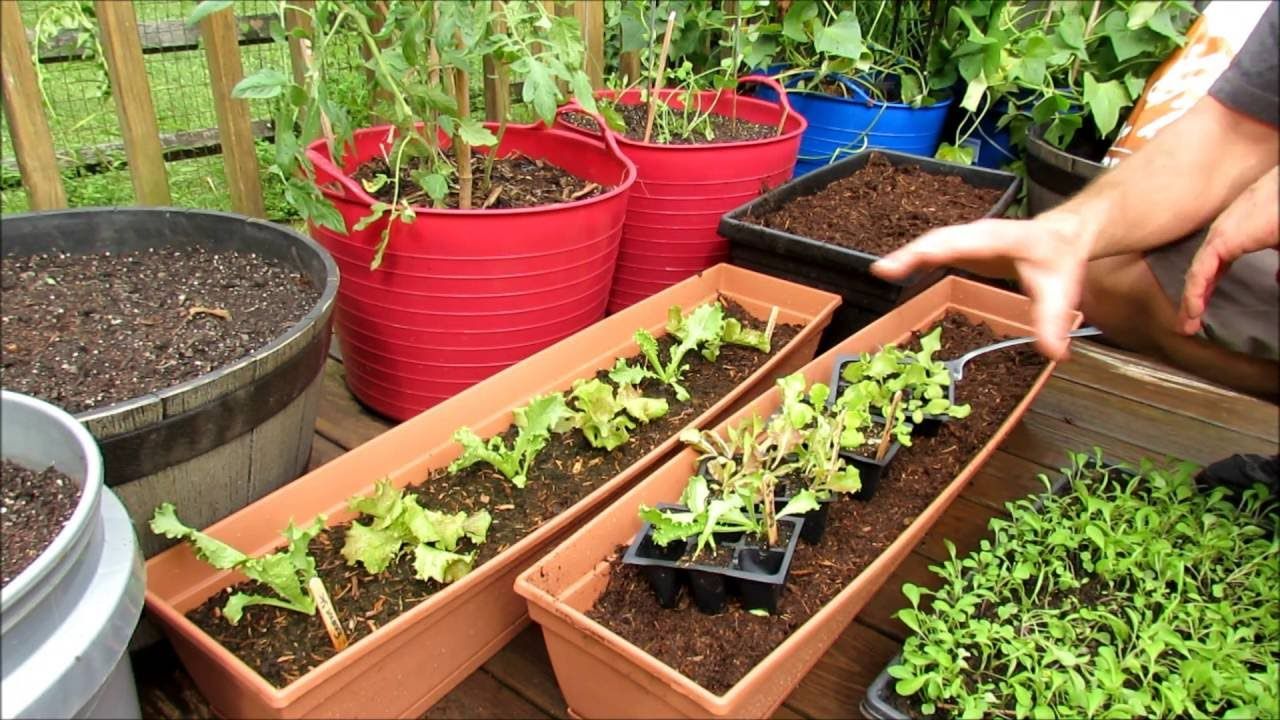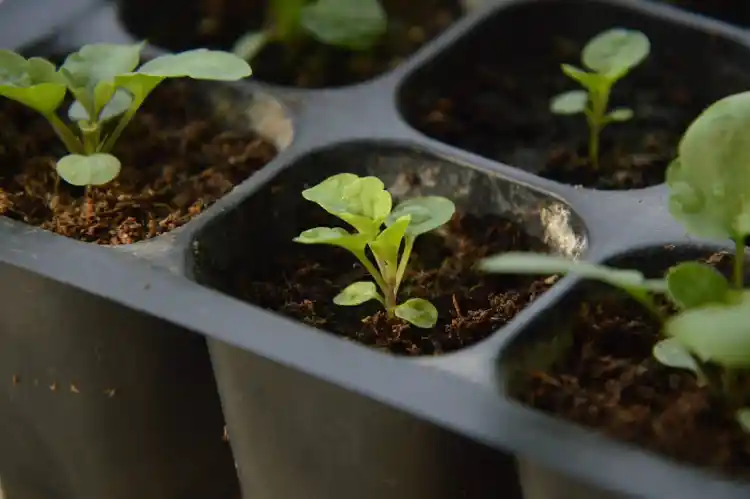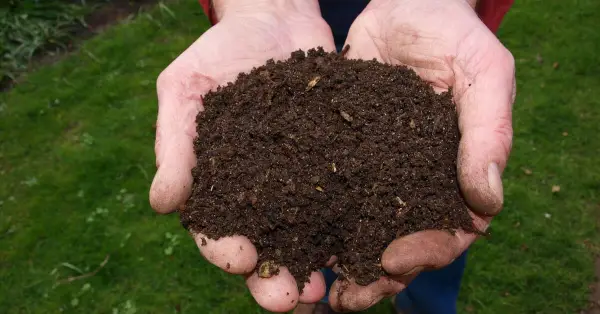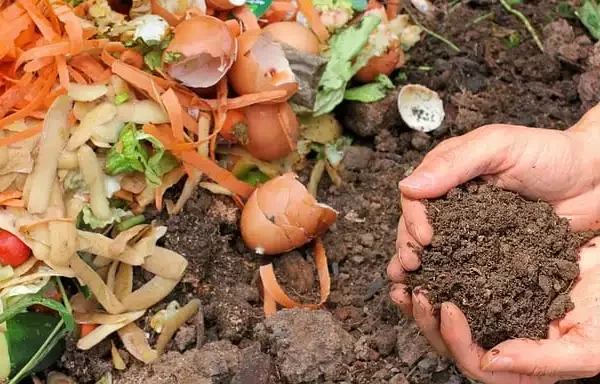Introduction
Starting seeds is a crucial step in the gardening process, and using a high-quality seed starting mix can greatly improve the success rate of your seedlings. In this expert guide, we’ll explore the reasons why making your seed starting mix is beneficial, as well as provide tips and instructions for creating a nutrient-rich blend that will support healthy seedling growth.

Benefits of Making Your Seed Starting Mix
Promotes Healthy Seedling Growth
Homemade seed starting mixes allow you to control the ingredients and ensure that your seedlings receive the nutrients they need for robust growth. By customizing the mix to suit the specific needs of your plants, you can create an optimal growing environment that promotes healthy root development and reduces the risk of transplant shock.
Cost-Effective
Making your seed starting mix can be more cost-effective than purchasing pre-made mixes from garden centers. By using readily available ingredients such as peat moss, vermiculite, and perlite, you can create a large quantity of seed starting mix at a fraction of the cost of commercial products.
Customizable
Homemade seed starting mixes are highly customizable, allowing you to tailor the blend to suit the requirements of different types of seeds and plants. You can adjust the ratios of ingredients to create mixes with varying levels of moisture retention, drainage, and aeration, depending on the specific needs of your seedlings.
Environmentally Friendly
Making your seed starting mix reduces reliance on commercially produced products, which often come packaged in plastic bags and may contain synthetic additives. By using natural and sustainable ingredients, you can minimize your environmental footprint and promote eco-friendly gardening practices.
How to Make a Seed Starting Mix
Ingredients
- Peat moss (or coconut coir)
- Perlite
- Vermiculite
- Compost (optional)
- Lime (for pH adjustment, if necessary)
Instructions
- In a large container or bucket, combine equal parts peat moss (or coconut coir), perlite, and vermiculite.
- Mix the ingredients thoroughly to ensure even distribution.
- If desired, add a small amount of compost to provide additional nutrients for your seedlings.
- Test the pH of the mix using a soil pH testing kit. If necessary, adjust the pH by adding lime according to the manufacturer’s instructions.
- Once the mix is well-blended and the pH is adjusted, it’s ready to use for starting seeds.
Tips for Using Homemade Seed Starting Mix
- Moisten the seed starting mix before planting seeds to ensure uniform moisture throughout the container.
- Use clean containers and trays to prevent the spread of disease and pathogens.
- Label your seed trays or containers with the type of seeds planted and the date of sowing for easy identification.
- Place seed trays in a warm, well-lit area, such as a windowsill or under grow lights, to encourage germination.
- Monitor moisture levels regularly and water seedlings from the bottom to prevent damping off and fungal diseases.
Conclusion
Making your seed starting mix offers numerous benefits, including promoting healthy seedling growth, cost-effectiveness, customizability, and environmental friendliness. By following the tips and instructions provided in this guide, you can create a nutrient-rich blend that will support successful germination and vigorous growth for your seedlings. Get started today and enjoy the satisfaction of nurturing your plants from seed to harvest with your homemade seed starting mix.
FAQs on Why Should I Make a Seed Starting Mix?
Why should I bother making my seed starting mix instead of buying pre-made mixes?
Making your seed starting mix allows you to control the quality of ingredients, customize the blend to suit your plants’ needs, and save money compared to buying commercial products.
What are the benefits of using a homemade seed starting mix?
Homemade seed starting mixes promote healthy seedling growth, offer cost savings, allow for customization, and are environmentally friendly compared to commercial alternatives.
Can I tailor a homemade seed starting mix to specific plant requirements?
Yes, homemade seed starting mixes are highly customizable, allowing you to adjust ingredients and ratios to meet the specific needs of different types of seeds and plants.
Are there any environmental benefits to making my seed starting mix?
Yes, making your seed starting mix reduces reliance on commercially produced products, minimizes plastic waste from packaging, and promotes sustainable gardening practices.
How does making my seed starting mix save money?
Making your seed starting mix can be more cost-effective than purchasing pre-made mixes, as you can use readily available ingredients in large quantities at a lower cost.
What ingredients are typically used in a homemade seed starting mix?
Common ingredients include peat moss or coconut coir, perlite, vermiculite, and optional additions such as compost or lime for pH adjustment.
Is making a seed starting mix difficult or time-consuming?
Making a seed starting mix is relatively simple and requires minimal time and effort. Once you have the ingredients on hand, it can be prepared in a matter of minutes.
Can I adjust the moisture retention and drainage properties of a homemade seed starting mix?
Yes, you can adjust the moisture retention and drainage properties of a homemade seed starting mix by varying the ratios of ingredients such as peat moss, perlite, and vermiculite.
Are there any disadvantages to making my seed starting mix?
While making your seed starting mix offers numerous benefits, some may find it more convenient to purchase pre-made mixes, especially if they have limited time or access to ingredients.
Can I use a homemade seed starting mix for all types of seeds and plants?
Yes, a homemade seed starting mix can be used for a wide variety of seeds and plants, although you may need to adjust the blend slightly to suit the specific requirements of certain species.
- Lip Filler London – Lip Augmentation & Natural Lip Enhancement - December 16, 2025
- Tennessee’s THC Beverage Market - June 5, 2025
- Top THC Infused Seltzers in Delaware - June 5, 2025




